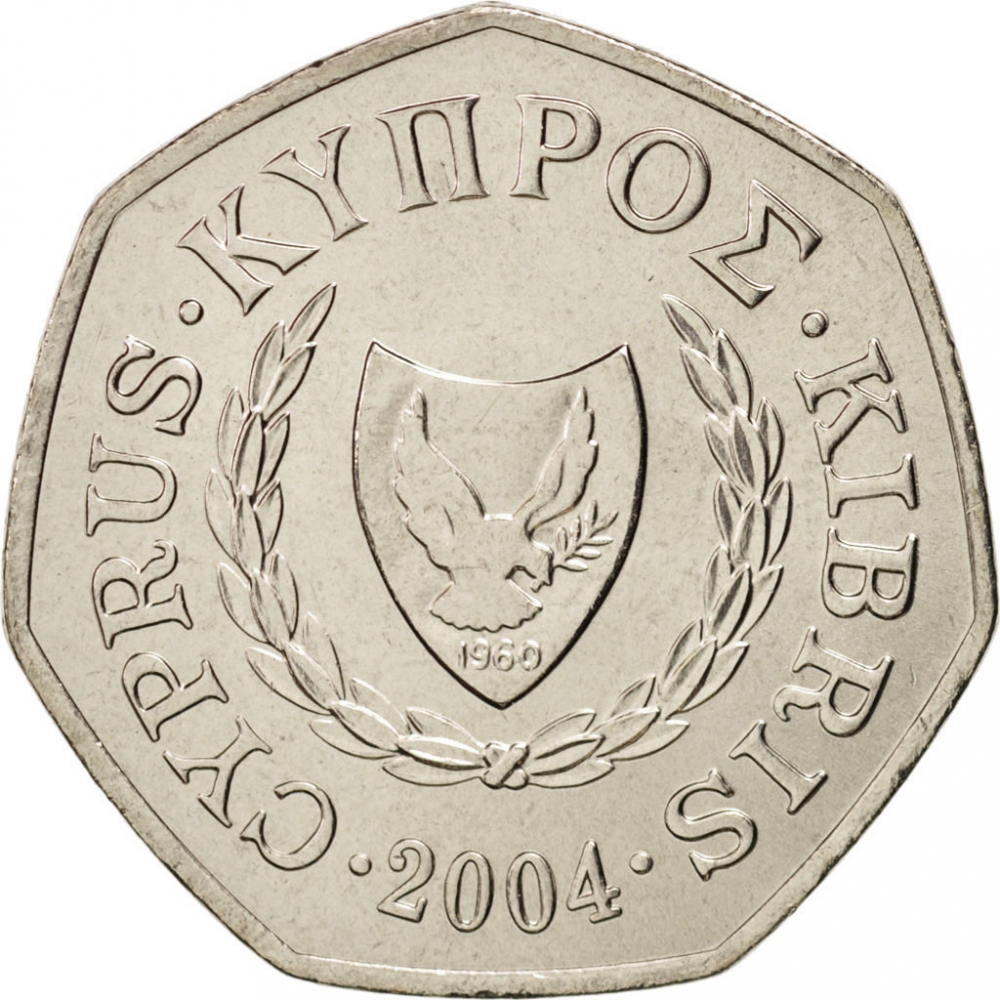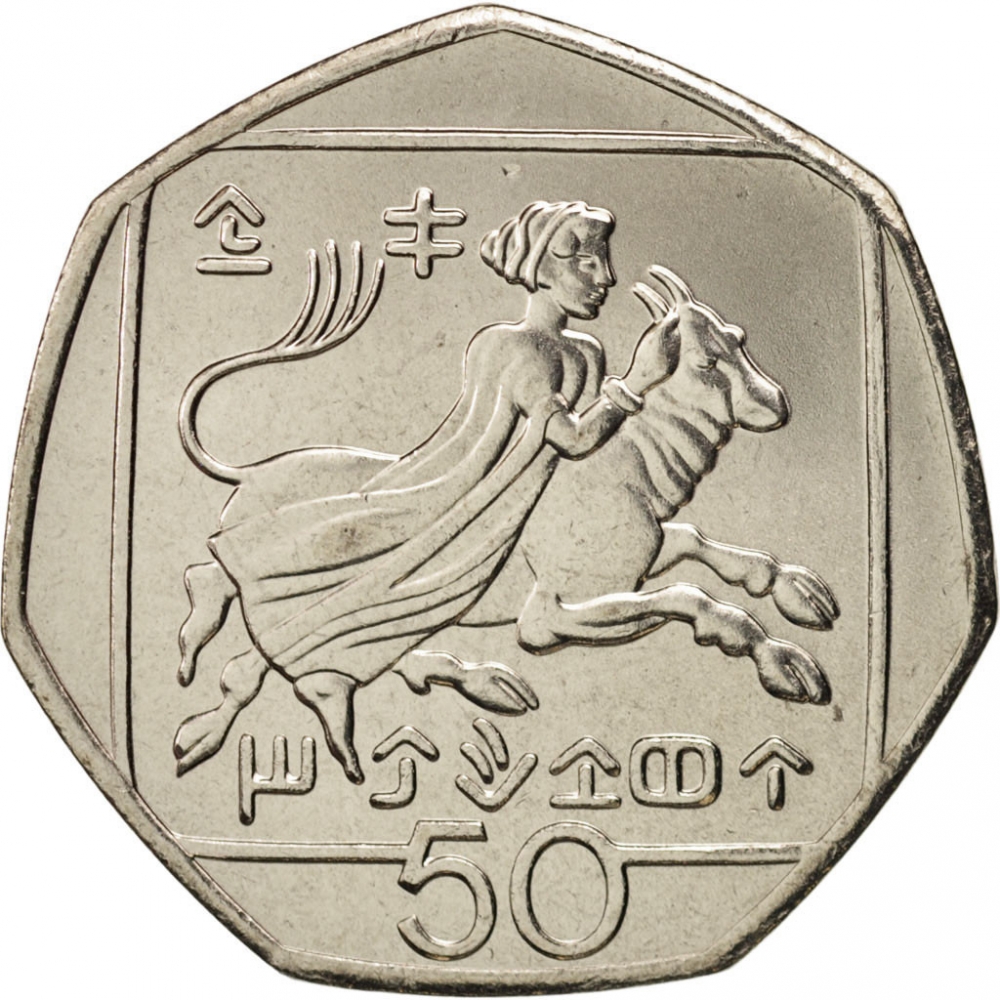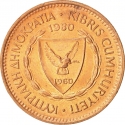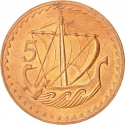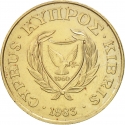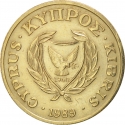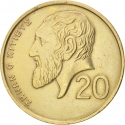You are about to finish your registration. Please check your mailbox (including spam folder). There should be a letter with a confirmation link. Check setting to make sure that your e-mail address is correct.
Send letter againDescription
In Greek mythology Europa was the mother of King Minos of Crete, a woman with Phoenician origin of high lineage, and for whom the continent Europe was named. The mythographers tell that Zeus was enamored of Europa and decided to seduce or ravish her, the two being near-equivalent in Greek myth. He transformed himself into a tame white bull and mixed in with her father's herds. While Europa and her helpers were gathering flowers, she saw the bull, caressed his flanks, and eventually got onto his back. Zeus took that opportunity and ran to the sea and swam, with her on his back, to the island of Crete. He then revealed his true identity, and Europa became the first queen of Crete. Zeus gave her a necklace made by Hephaestus and three additional gifts: Talos, Laelaps and a javelin that never missed. Zeus later re-created the shape of the white bull in the stars, which is now known as the constellation Taurus. Roman mythology adopted the tale of the Raptus, also known as "The Abduction of Europa" and "The Seduction of Europa", substituting the god Jupiter for Zeus.
Engraver: Antis Ioannides
Obverse

|
Coat of arms, year of minting, country name in English, Greek and Turkish. CYPRUS · ΚΥΠΡΟΣ · KIBRIS |
|---|---|
Reverse

|
A composition based on a 4th century BC coin of the Cypriot Kingdom of Marion depicting the abduction of Europa by Zeus in the form of a white bull . "King Timocharis" written in Cypriot syllabary. 50 |
| Edge |
Characteristics
| Material | Cupronickel |
| Weight | 7 g |
| Diameter | 26 mm |
| Thickness | 1.5 mm |
| Shape |
|
| Sides | 7 |
| Alignment | Medal |
| Mint |
Kremnica Mint (MK)
|
